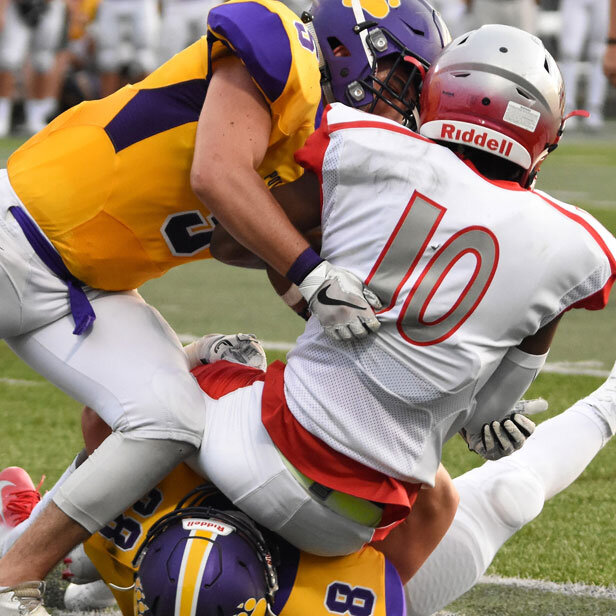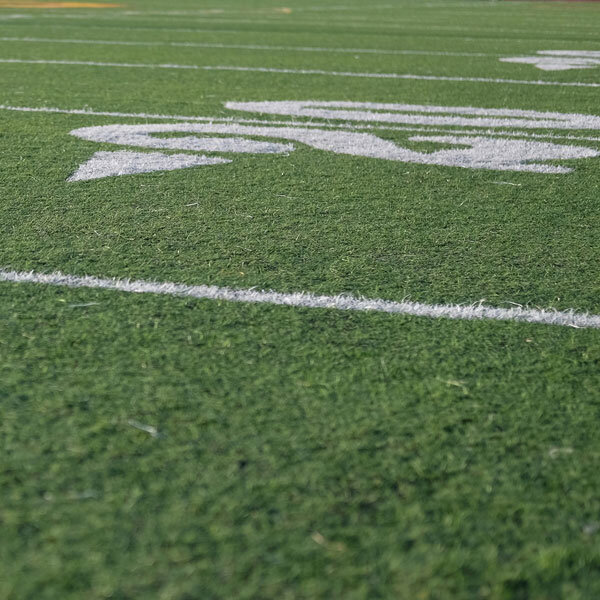What is the biceps muscle?
The biceps brachii is the large muscle on the front of your upper arm that begins at the shoulder and ends at the elbow where it inserts on the radius bone. Its function is to flex (bend) the elbow and supinate the forearm (allow you to turn your palm up). It inserts at the elbow via the biceps tendon.
How does the biceps rupture?
Biceps tendon ruptures at the elbow are usually due to a sudden violent force applied to an arm that is trying to flex. This most commonly happens when a heavy object falls and an attempt is made to catch it with an open hand. It can also happen in sports such as a rugby tackle or a snowboarder trying to break a fall with his or her hand.
When the tendon ruptures, there is usually a sharp, sudden pain felt in the front of the elbow. Quite often a “pop” can be felt in the same area. The pain is significant at first, but subsides rather quickly due to tension being taken off the pain sensors within the tendon. Swelling and bruising will develop in the front of the elbow. The biceps contour may appear “balled up” above the elbow. The arm will feel weak when attempting to flex the elbow or supinate the forearm.
How is a distal biceps tendon rupture diagnosed?
Usually, a biceps tendon rupture can be diagnosed by obtaining an accurate history and performing a physical examination. Dr. McAllister may position your elbow and forearm to see which movements are painful and weak. By feeling the muscle and tendon, Dr. McAllister often can tell if the tendon has ruptured off the bone. Routine x-rays of the elbow should be obtained to check for any associated injury to the skeleton. Occasionally a small piece of bone may pull off the bone where the biceps tendon inserts. This is called an “avulsion” fracture. Dr. McAllister may also order a magnetic resonance imaging (MRI) scan to see if the biceps is partially or completely ruptured.
What is the treatment for a distal biceps tendon rupture?
Most orthopedic surgeons prefer to treat distal biceps tendon ruptures surgically. Non-surgical treatment is usually reserved for individuals who do minimal activities and require minimal arm strength. If you are an older individual who can tolerate the loss of strength that comes with the rupture, or if it is in your non-dominant arm, Dr. McAllister may decide that surgery is not necessary. In this case, physical therapy would be initiated, consisting of range of motion and strengthening exercises. This type of treatment results in return of about 60% of the normal strength of the biceps muscle. The most notable loss of strength is in supination, the ability to turn your palm up, as in using a screwdriver. Surgical treatment is indicated for patients who wish to restore normal strength and appearance to the biceps muscle. The surgical repair is delicate, since nerves and blood vessels that supply part of the arm are in the vicinity. It should only be performed by an experienced orthopedic surgeon. Ideally, surgery should be performed within two weeks after the initial injury. A direct repair early on prevents the tendon from retracting. If the injury is not repaired quickly and the biceps tendon retracts, a more complicated reconstruction may have to be performed. This would require graft tissue to be used in order to reconnect the biceps to its original point of attachment on the radius bone. Either surgery can be performed on an outpatient basis. After the repair, the arm would be immobilized for two to three weeks. Physical therapy is initiated after three weeks of relative immobilization, consisting of range of motion followed by strengthening exercises. Approximately four to six months of postoperative physical therapy can be expected before you would be able to participate in all activities of daily living and sports.







